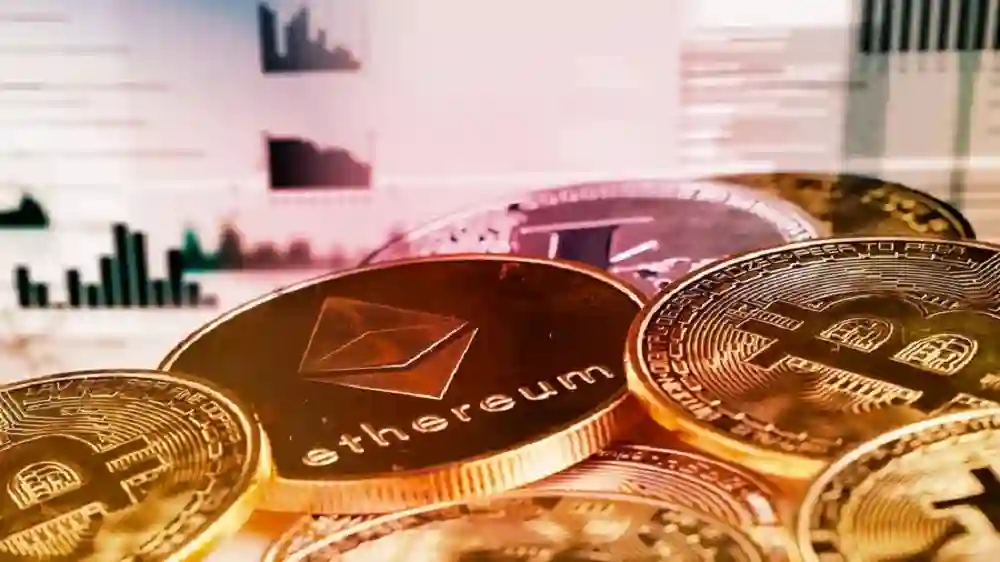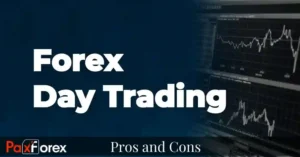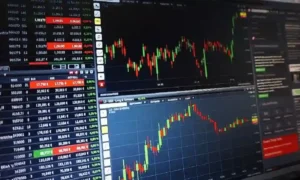Crypto & Forex Basics: A Newcomer’s Complete Guide to Investing

Let’s face it: jumping into the world of crypto and forex can feel like learning a new language. The Complete Guide to Investing isn’t just for experts. If you’re a total rookie—or maybe just sick of watching your savings stagnate in a boring bank account—this is for you. Crypto and forex are everywhere now, but how do they actually work? Why should you care? Buckle up; we’re diving into the basics of these two wild markets. By the end of this, you’ll have a solid understanding of what’s going on, and how you can get your foot in the door.
What is Cryptocurrency?
So, crypto. What is it, really? It’s a digital currency, but with one major twist: no one’s in charge. No government, no central bank, just a whole bunch of tech nerds and miners (and, okay, some shady figures too). Cryptocurrencies like Bitcoin, Ethereum, and Dogecoin aren’t just digital money—they’re a part of a bigger, decentralized movement. In case you missed it, blockchain technology makes everything tick. Think of blockchain like an unhackable, public ledger where every transaction is recorded, so no one can pull a fast one. Trust me, it’s more secure than that time I lost $50 in an untraceable Venmo transaction (still haunted).
But here’s the thing: it can be wildly profitable. Bitcoin’s price surged from a few cents to, what, $60K? But just like any investment, the ride’s not all smooth. The same coin that shot up could plummet tomorrow.
Why Should You Invest in Cryptocurrency?
Okay, here’s the kicker: it might sound risky (and it is), but it can also make you a boatload of cash. If you believe in the idea of decentralization—basically, “let’s cut out the middlemen”—crypto offers an alternative to traditional financial systems. Plus, it’s wildly volatile, which sounds terrifying but is often what gives you those insane returns.
That said, not all that glitters is Bitcoin. Cryptos are crazy volatile—prices can swing like your sleep schedule after a Netflix binge. You might wake up to check your wallet and see you’ve lost half your investment. Or maybe you hit the jackpot. Either way, you should never invest more than you’re willing to lose. Yeah, I learned that lesson the hard way. I still think about the day my Ethereum sat in the red, like a sad little digital pet.
What is Forex Trading?
Now, let’s talk forex (foreign exchange). It’s not as new or exciting as crypto, but it’s huge. Forex trading involves exchanging one currency for another—say, euros for dollars, or yen for pounds. There are a ton of factors that influence currency values: interest rates, political instability, global economic health, or even a random tweet from Elon Musk. Yeah, it’s that unpredictable. The forex market is the biggest financial market in the world—$6 trillion a day. No biggie.
You trade in pairs: EUR/USD, GBP/JPY, you get the idea. The goal? Predict whether the price of one currency will go up or down against another. I remember my first forex trade—I bought euros with U.S. dollars, thinking the dollar would weaken. Spoiler alert: I was wrong. My $500 in “easy money” turned into a lesson in humility.
Why Should You Invest in Forex?
Forex is hella liquid, meaning you can get in and out of trades quickly—and unlike crypto, forex operates 24 hours a day, five days a week. You can start trading at 5 a.m. with your coffee and end up profiting by dinner time. Or losing it all. Either way, you’ll get that rush.
Forex is also heavily leveraged, which means you can control more money than you actually have (sounds like a good idea, right?). But just a heads-up: leverage can bite back like a caffeine crash after you’ve had one too many lattes. If you’re not careful, it can wipe out your account faster than I can burn toast.
Crypto vs Forex: A Quick Showdown
Both crypto and forex trading offer opportunities to make money, but they’re different beasts. Let me break it down:
1. Market Hours
Forex never sleeps—well, almost never. It’s open 24/5, meaning you’ve got almost all week to make your move. Crypto? It’s 24/7, like that one friend who never stops texting you. Like, seriously. Sometimes I’ll check my crypto wallet and bam, it’s 3 a.m. and I’m panicking.
2. Regulation
Forex is well regulated. Think of it as the guy in the bar who won’t let anyone dance on the tables. Crypto, however, is like the wild west. No one’s in charge, and that’s part of the appeal. But yeah, also, that means a lot of stuff falls through the cracks. So, if your exchange decides to shut down (hello, Mt. Gox), you might be out of luck. Sigh.
3. Volatility
Forex can be volatile, but let’s be real: it’s a lot steadier than crypto. Currencies move because of things like political decisions, interest rates, or economic reports. Crypto, though? One tweet from Elon Musk can make a coin jump or crash in seconds. It’s like watching your pet hamster race through its cage. Non-stop chaos.
How to Get Started with Crypto and Forex Investing
Step 1: Educate Yourself
Listen, I get it. The first time I looked into crypto and forex, I felt like I was reading the terms and conditions of an app I didn’t even want. But seriously, the more you learn, the more confident you’ll be. Read blogs, listen to podcasts, watch YouTube tutorials. Just don’t fall into the “get-rich-quick” trap. Trust me, I tried that once… it didn’t end well.
Step 2: Choose Your Platform
You’ll need an exchange for crypto (think Coinbase or Binance) and a broker for forex (I use OANDA, but there are tons). You’re looking for low fees, decent security, and an easy-to-use interface. Don’t overthink it. Get something that suits your style. Just don’t get stuck in analysis paralysis. You’ll spend so much time comparing platforms that you’ll miss out on making your first trade. Been there.
Step 3: Start With a Demo Account
My first demo account was like a safety net I never knew I needed. It’s a great way to practice without risking real cash. Play around, get a feel for how the markets move, and try out your strategies. Trust me—you’ll be glad you did when your first real trade hits.
Step 4: Manage Your Risk
Let’s talk risk. I once risked more money than I should have on a “sure thing” trade. Spoiler: it was not a sure thing. I cried for three days. Not even kidding. So please, learn to manage your risks. Use stop-loss orders, set realistic profit goals, and never put in more than you can afford to lose. Seriously. I might’ve learned that the hard way, but you don’t have to.
Final Thoughts
Look, both crypto and forex offer exciting opportunities, but they come with their own set of risks. The Complete Guide to Investing isn’t just about diving into a shiny new market; it’s about understanding what you’re getting into. The last thing you want is to be caught off guard when your coin crashes, or when you lose your shirt in a forex trade.







